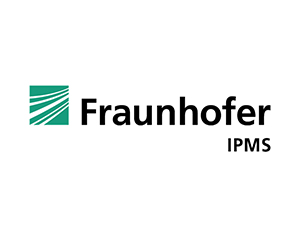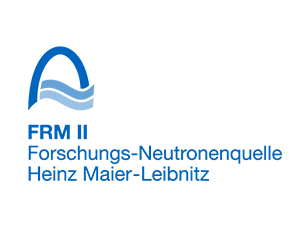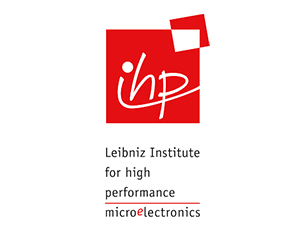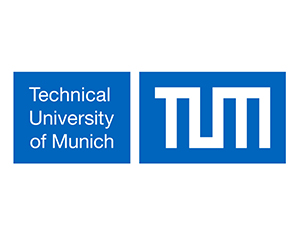The platform for optical quantum technologies and material science
300mK
ø > 20 mm
3 T || optical axis
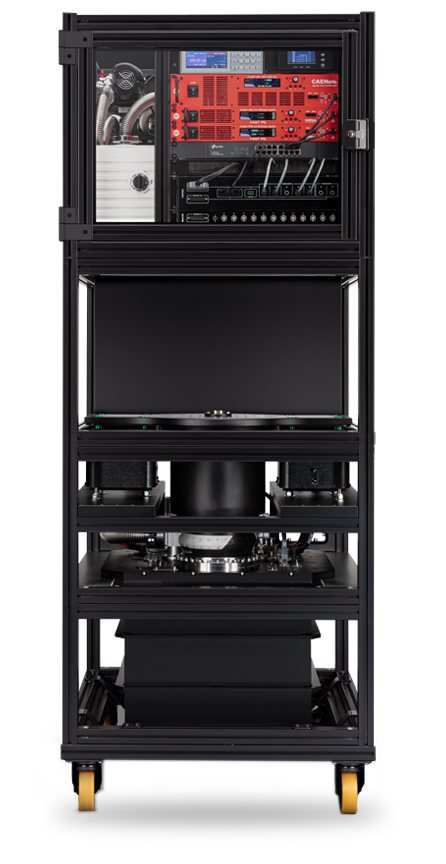
Key benefits
The S-Type Optical is a versatile optical cryostat featuring an experimental environment with ultra-low vibrations
Optical access
Expand your optical investigations into the sub-Kelvin temperature regime with large free-beam access down to the mK stage in a vertical direction.
Proprietary cryogenic interface
Easily prepare your low-temperature setup outside the cryostat with our proprietary sample exchange mechanism.
Continuous and cryogen free operation
Continuous operation at 300 mK independent of helium-3 supply.
Compact platform
Make more room in your lab with space-saving compact 19” rack integration.
Modular design
Take advantage of a highly modular system and configure your device for your specific use case using magnets, wiring, fibers, positioners and more.
Typical applications
Innovative cooling for state-of-the-art science and technology
Optical investigation of electronic correlations
The investigation of many-particle correlations, their impact on the bulk properties and transport behavior of condensed matter, and how these correlations trigger the emergence of new and exotic phases is a particularly exciting and active field of research. Several measurements including Rayleigh (elastic), Raman (inelastic), or resonant inelastic light scattering can be used to study collective excitations of the solid state. For such investigations, typically low temperatures in combination with fiber-coupled or free-beam optical access are needed. These requirements are met by kiutra’s S-Type Optical, which offers a unique combination of sub-Kelvin temperatures, free-beam optical access, small working distance, and compact system size to enable various optical measurements.
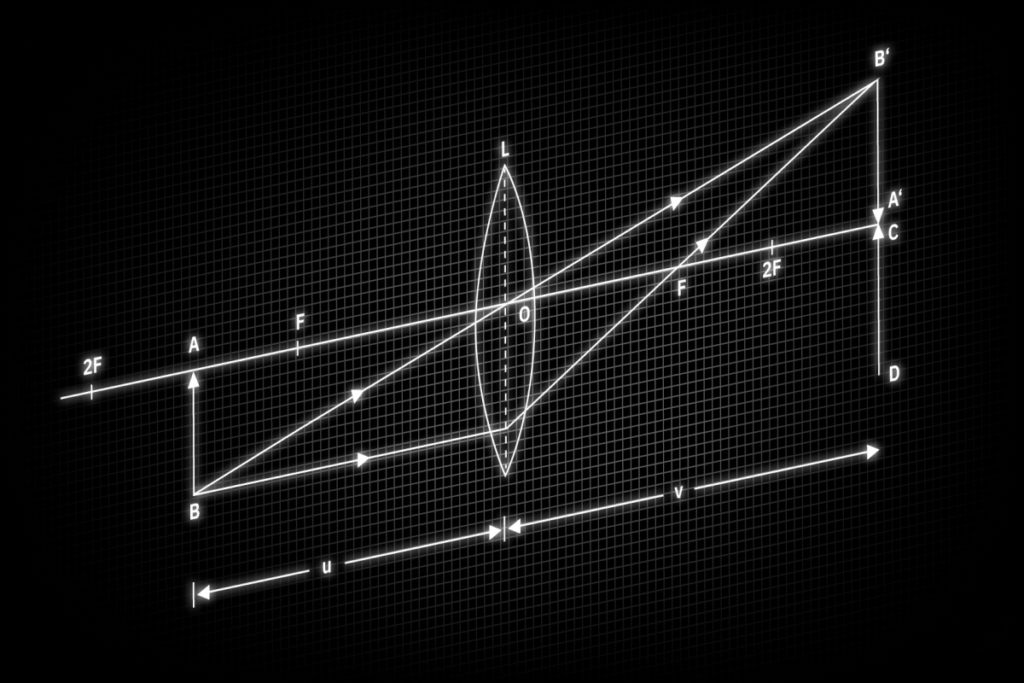
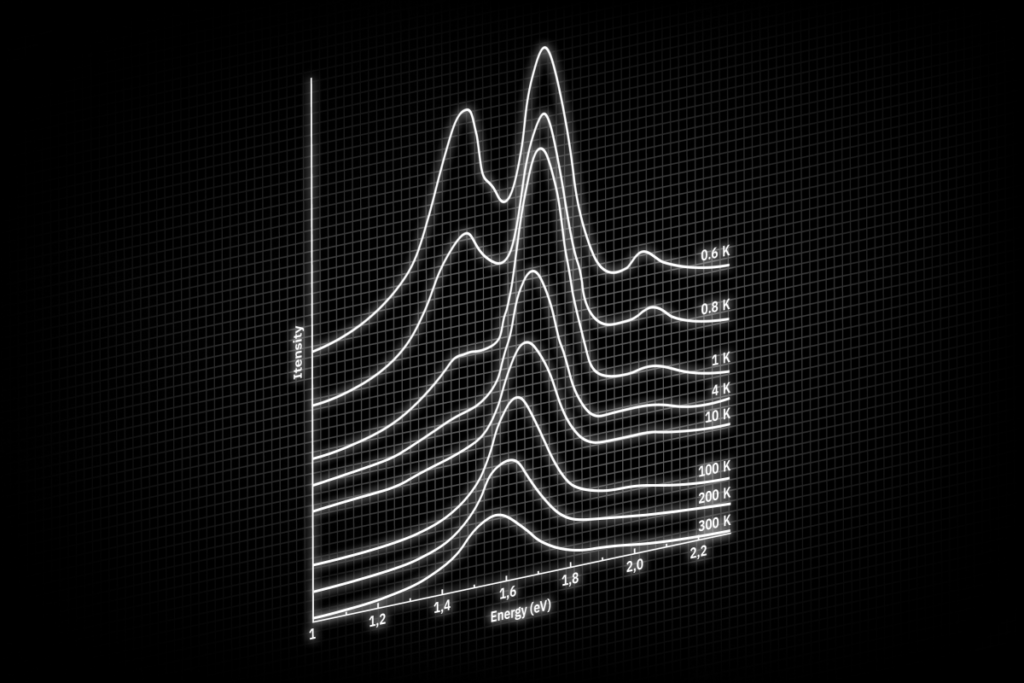
Low-temperature photoluminescence
The investigation of photo-physical properties yields insights into electronic correlations of lower-dimensional systems or heterostructures. A well-established spectroscopic technique is the observation of photoluminescence, i.e., the analysis of light that is emitted from a sample after the absorption of photons. Tracking characteristic features in the photoluminescence spectra over a broad temperature range provides additional information on the energy scales and correlations of the electronic structure.
Our customers
We are trusted by leading companies and research institutions around the world
Cryogen-free continuous operation through cADR
In its standard configuration, the S-Type Optical uses two ADR units to generate continuous magnetic cooling (cADR).
The top figure shows the temperature of the ADR units running in continuous mode at 300 mK. While the assisting ADR unit cycles between the 4 K main heat bath (provided by the cryocooler) and a temperature below the target temperature, the second unit controls the sample temperature. As a result, the sample stage can maintain a constant temperature of 300 mK with a typical temperature stability of less than 0.1%, and slightly reduced stability of 4% when activating its heat switch (HS) to initialize the regeneration.
The bottom figure shows the temperature control, stepping the sample stage temperature between 200 mK and 1.5 K.
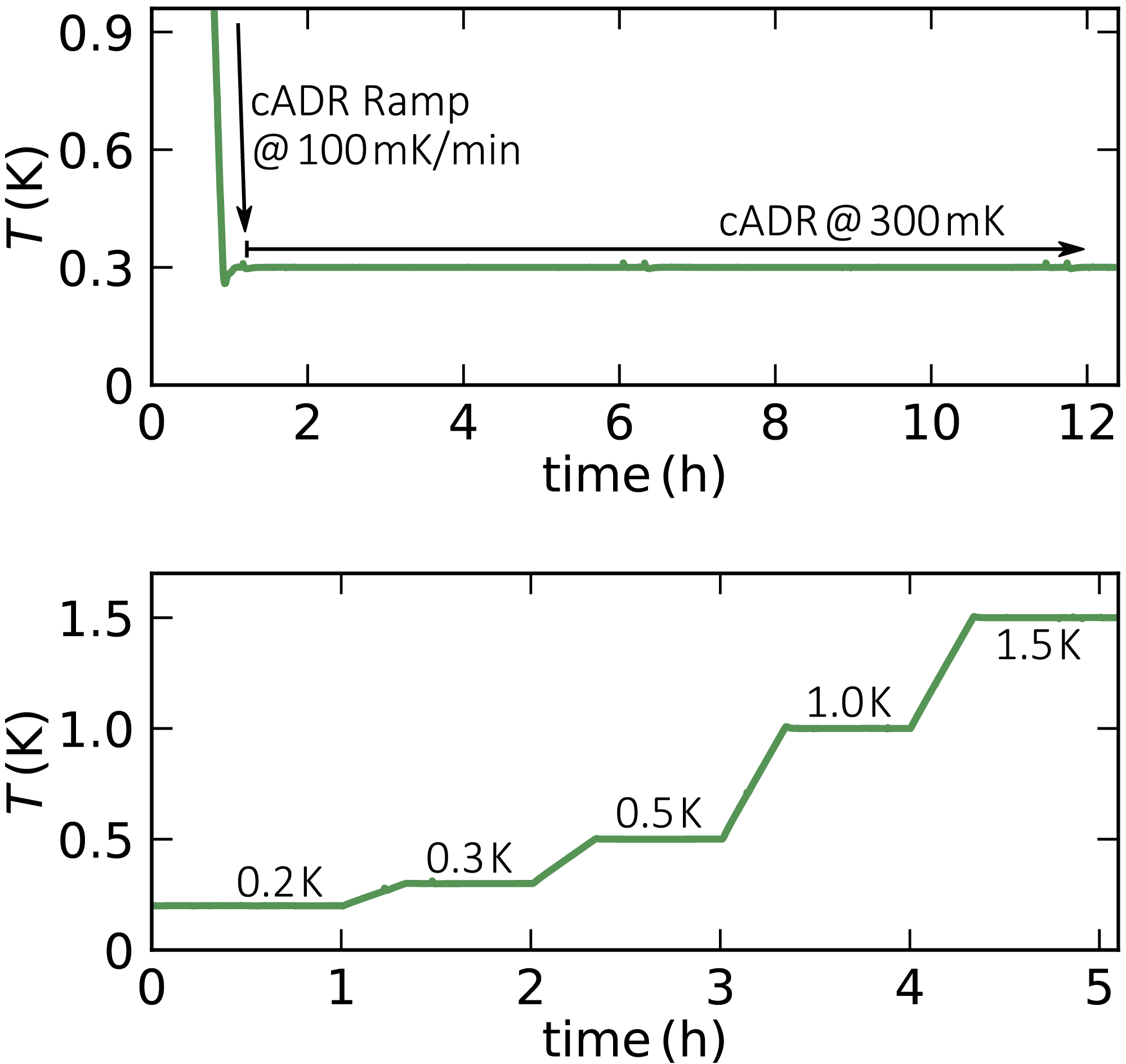
Specs
| System size (w x l x h) | cryostat & electronics compressor | 94 x 94 x 208 cm 54 x 45 x 50 cm |
| Weight | cryostat & electronics | < 600 kg |
| Cooldown | cryostat | time 32 hrs |
| Available sample space | diameter height | 47 mm 100 mm |
| Temperature stability | typical switching HS | < 0.1% < 4% |
| Cooling power | @300 mK @1 K | 15 μW 250 μW |
| Free-beam access | diameter | > 20 mm |
| Vibration | @1500 Hz switching HS | < 200 nm < 1.5 μm |
Available options
3 T sample magnet
smooth bipolar operation to study magnetic properties
Wiring
40 DC and up to 4 RF to the sample stage


